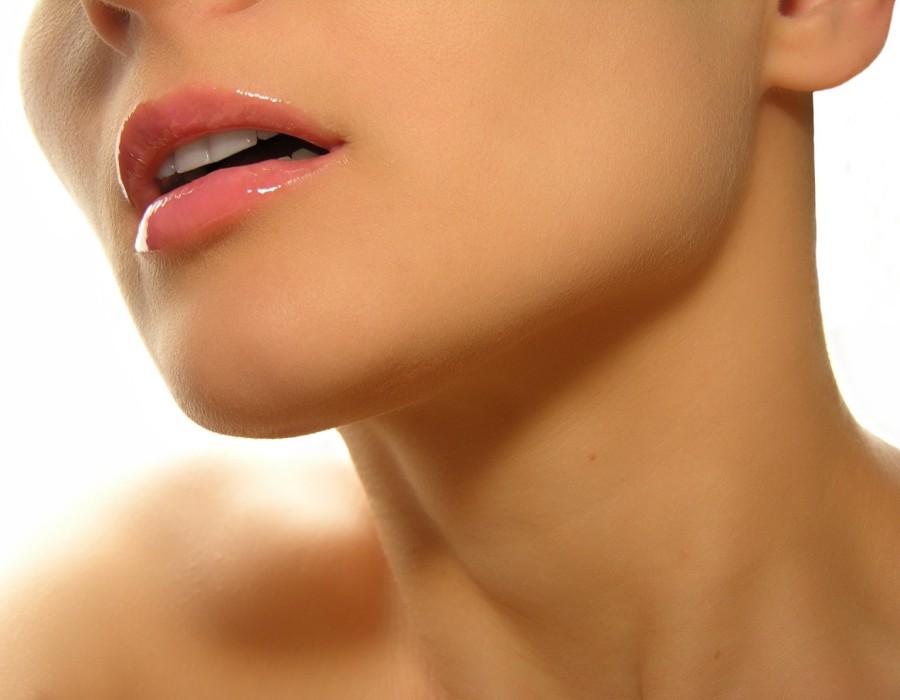A well-defined jawline is often associated with youth and attractiveness. However, stubborn fat under the chin can create the appearance of a “double chin,” even in people who maintain a healthy weight. While traditional surgery has long been used to remove excess fat in this area, many patients today are seeking less invasive approaches. Fortunately, modern techniques make it possible to achieve a slimmer chin and a more sculpted profile with minimal downtime. For those considering treatment, Double Chin Liposuction in Islamabad offers a range of minimally invasive options tailored to individual needs.
In this article, we will explore the latest techniques in double chin fat removal, how they differ from traditional surgical methods, and why minimally invasive procedures are becoming the preferred choice for many patients.
Why Minimally Invasive Options Are in Demand
Traditional liposuction requires general anesthesia, larger incisions, and longer recovery periods. While effective, many people hesitate to undergo such invasive surgery for a relatively small area like the chin. Minimally invasive methods have gained popularity because they:
- Require tiny incisions or no incisions at all.
- Cause less discomfort and swelling.
- Offer quicker recovery times.
- Deliver natural-looking results without obvious scarring.
These techniques combine advanced technology with precision, making them ideal for patients who want effective results without the risks and downtime of conventional surgery.
Minimally Invasive Double Chin Liposuction Options
1. Microcannula Liposuction
This is one of the most commonly performed minimally invasive procedures. It involves the use of very fine cannulas (thin tubes) to gently suction fat from beneath the chin.
Benefits include:
- Small puncture sites that heal quickly.
- Local anesthesia instead of general anesthesia.
- Minimal bruising and swelling.
- High precision for contouring the chin and jawline.
This technique is suitable for patients with mild to moderate fat deposits and firm skin elasticity.
2. Laser-Assisted Liposuction (SmartLipo)
Laser-assisted liposuction uses laser energy to liquefy fat before suctioning it out. The heat generated by the laser also stimulates collagen production, which helps tighten the skin.
Advantages include:
- Fat removal combined with skin tightening.
- Reduced bleeding due to the sealing effect of the laser.
- Enhanced definition in the chin and jawline.
- Performed under local anesthesia with minimal downtime.
Patients often see both fat reduction and improved skin firmness, making this an excellent choice for those with early signs of skin laxity.
3. Radiofrequency-Assisted Liposuction (RFAL)
This method uses radiofrequency energy to target fat cells and tighten the skin simultaneously. It’s especially effective for patients with loose skin under the chin.
Benefits include:
- Dual action: fat removal plus skin tightening.
- Shorter recovery compared to traditional liposuction.
- Natural-looking results with gradual improvement over time.
RFAL is ideal for patients who want subtle, natural contouring without aggressive surgery.
4. Injection Lipolysis (Non-Surgical Alternative)
For patients who want a needle-based treatment without suction, injection lipolysis offers a completely non-surgical option. In this procedure, a fat-dissolving solution is injected into the double chin area. Over time, fat cells break down and are naturally eliminated by the body.
Pros include:
- No incisions or anesthesia required.
- Outpatient procedure with minimal downtime.
- Gradual fat reduction over multiple sessions.
While not technically liposuction, injection lipolysis is often grouped with minimally invasive chin fat reduction treatments because of its effectiveness and simplicity.
5. Vaser Liposuction (Ultrasound-Assisted)
Vaser liposuction uses ultrasound energy to break down fat cells before suctioning them out. It is gentle on surrounding tissues, which reduces bruising and discomfort.
Advantages include:
- Smooth, natural contouring of the chin area.
- Less trauma to nerves and blood vessels.
- Quicker recovery compared to standard liposuction.
- Enhanced precision for sculpting smaller areas like the chin.
Who is a Good Candidate for Minimally Invasive Chin Liposuction?
Minimally invasive treatments are suitable for people who:
- Have mild to moderate double chin fat.
- Have relatively good skin elasticity (to avoid sagging after fat removal).
- Want faster recovery with fewer risks.
- Prefer local anesthesia over general anesthesia.
- Are in good overall health and have realistic expectations.
Those with significant skin laxity may require a combination of fat removal and skin tightening, while patients with very large fat deposits may still benefit from traditional liposuction.
The Recovery Process
One of the main reasons patients choose minimally invasive options is the smoother recovery process. Here’s what most patients experience:
- Downtime: 2–5 days for minor procedures, compared to weeks for traditional surgery.
- Swelling and bruising: Milder and short-lived due to smaller instruments and less tissue trauma.
- Compression garments: Worn for 1–2 weeks to support healing and contouring.
- Return to activities: Most patients resume normal routines within a few days.
Results usually become visible within a few weeks, with continued improvement as swelling subsides and collagen production enhances skin firmness.
Benefits of Minimally Invasive Approaches
- Natural-looking results: Precise contouring avoids overcorrection.
- Less pain: Use of local anesthesia and gentle techniques make the experience more comfortable.
- Lower risk of complications: Smaller incisions reduce the risk of infection and scarring.
- Confidence boost: Patients enjoy a sharper, more youthful appearance without the burden of invasive surgery.
Choosing the Right Treatment Option
The best treatment depends on several factors, including the amount of fat, skin quality, and patient preference. A consultation with a qualified cosmetic surgeon helps determine whether microcannula liposuction, laser-assisted liposuction, radiofrequency-assisted liposuction, Vaser liposuction, or injection lipolysis is most suitable.
Each method has unique benefits, but all share the common goal of giving patients a slimmer chin and more defined facial profile with minimal downtime.
Conclusion
Minimally invasive double chin liposuction options have revolutionized the way patients approach chin fat removal. From laser-assisted and ultrasound-based techniques to non-surgical injections, these procedures provide effective results with less discomfort, quicker recovery, and natural outcomes.
If you are considering Double Chin Liposuction in Islamabad, exploring these minimally invasive options with an experienced surgeon is the first step toward achieving the look you desire.





Comments